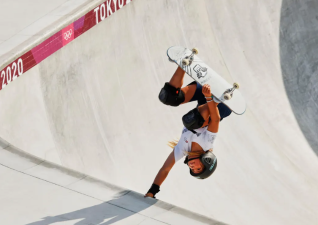- Traditional Chinese Dance
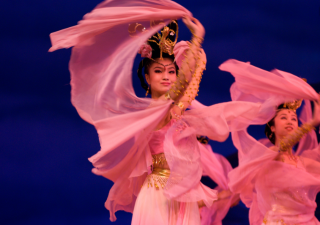
Traditional Chinese dance has evolved over thousands of years, encompassing ancient court dances, folk dances, and dances of ethnic minorities. Chinese dance focuses on expressing inner emotions, characterized by grace, elegance, and softness, emphasizing the coordination of posture and expressive gestures. For example, Peking Opera dance has captivated the world with its unique movements and facial expressions.
- Indian Dance
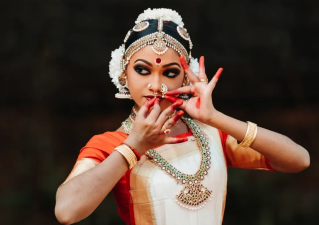
Indian dance is considered a symbol of Indian culture. It is divided into two categories: classical and folk. Influenced by religion and mythology, Indian dance often features storytelling, expressed through graceful body movements, gestures, and facial expressions. Famous Indian dance forms include Kathak, Indian classical dance, and Siddhu dance.
- American Modern Dance
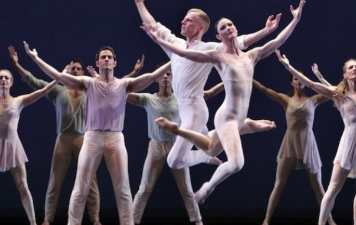
American modern dance is an emerging dance style of the 20th century that breaks free from the constraints of traditional dance and emphasizes individual creativity and free performance. American modern dance is typically known for its fluid body movements, flexibility, and abstract movement styles. Renowned modern dance choreographers such as Martha Graham and Mephistopheles Cunningham have made significant contributions to the development of modern dance in the United States.
- Russian Ballet
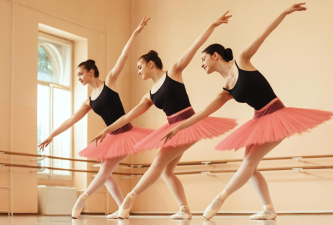
Russian ballet is renowned worldwide and is recognized as one of the world's highest and most rigorous dance forms. Russian ballet emphasizes graceful posture, flawless technique, and amazing flexibility. Its rigorous training regimen and technical demands make Russian dancers unique on the ballet stage.
- Spanish Flamenco
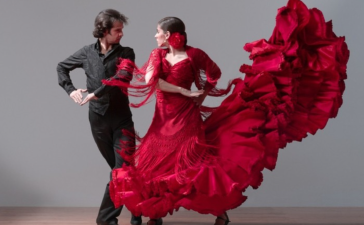
Spanish Flamenco is one of Spain's most iconic dance forms. It is passionate, dynamic, and rhythmic, expressing emotion through unique body movements, hand gestures, and intricate footwork. Flamenco dancers often wear colorful floral dresses and eye-catching accessories, adding a unique visual dimension to their performances.
- African Dance
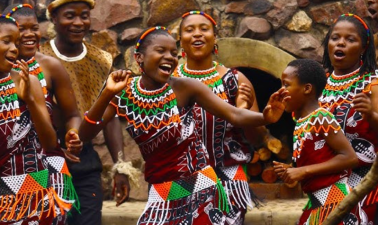
African dance is a traditional dance form dating back to ancient times that emphasizes group dance and teamwork. African dance is often dynamic, rhythmic, and coordinated, expressing emotion and storytelling through swaying, leaping, and spinning movements. In summary, dance styles across the globe are unique, reflecting each nation's culture and traditions. Whether it's the elegance of China, the mystery of India, the freedom of America, the sophistication of Russia, the passion of Spain, or the energy of Africa, each dance style possesses its own unique charm and expression. It is this diversity that adds infinite charm and vitality to the art of dance. Let us explore and appreciate the beauty of dance from all over the world!




